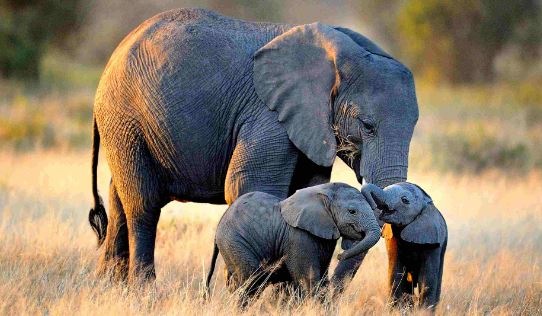1. Ilha de Queimada Grande (Brazil), also known as Snake Island
Because of the large number of poisonous snakes on Ilha de Queimada Grande, an island off the coast of Brazil, especially the critically endangered golden lancehead pit viper, the island is also known as Snake Island.Snake Island, off the coast of Brazil, is dangerous due to its high concentration of venomous golden lancehead snakes. The snakes’ potent venom poses a significant threat to human life. The ecology of the island is distinct, with the snakes living in a regulated setting. Because of the risk these snakes provide, only certain people with special permits are allowed entry to the island. In order to preserve the delicate balance of this fascinating but dangerous location and to conserve the fragile environment, the Brazilian government gives conservation efforts first priority.

2. Poveglia Island (Italy)
The eerie past of Poveglia Island, which is located in the Venetian Lagoon in Italy, contributes to its allure. In the 20th century, it was converted from a quarantine facility used during the bubonic plague outbreaks of the 1700s to a hospital for mentally ill people. Poveglia, now deteriorating and deserted, is known for ghost stories and is considered to be among the most haunted locations worldwide. An attraction for thrill-seekers and paranormal enthusiasts, the collapsing structures, overgrown greenery, and gloomy atmosphere have caught the imagination. Poveglia is a fascinating yet unnerving place because of its terrible past, which continues to pique curiosity despite the island’s restricted access.

3. Enewetak Atoll (Marshall Island)
Enewetak Atoll, located in the Marshall Islands of the Pacific, gained historical significance as a nuclear testing site during the Cold War. The United States conducted 43 nuclear tests on the atoll between 1948 and 1958, leaving a lasting impact on the environment and local communities. The most powerful test, “Castle Bravo” in 1954, resulted in unexpected and devastating consequences. Although the atoll has been deemed safe for habitation, residual radiation remains a concern. Efforts for environmental remediation and rehabilitation continue, with the Marshallese people returning to their ancestral lands. The legacy of Enewetak Atoll reflects the complex history of nuclear testing and its enduring effects on both the environment and human lives.

4. North Sentinel Island (India)
One of the last uncontacted tribes in the world, the Sentinelese, live on North Sentinel Island in the Andaman and Nicobar archipelago in India. The island is renowned for its seclusion and unfriendly attitude toward visitors. For decades, the Sentinalese people have maintained their ancient ways of living while rejecting interaction with the outside world. To save the tribe and outsiders from possible damage, the Indian government limits access to the island and enforces a policy of non-interference. Due to their limited contact with the outside world, the Sentinalese people are particularly aware of the value of protecting their distinctive cultural legacy and the fine line that must be drawn in our interconnected global society between isolation and outside influence.

5.Gruinard Island (Scotland)
Located off the northwest coast of Scotland, Gruinard Island rose to notoriety during World War II as a center for biological weapons experiments. The island became poisoned and dangerous in 1942 when the British government experimented with anthrax there. Decades of uninhabited conditions gave rise to the island’s ominous moniker, “Anthrax Island.” Large-scale decontamination operations were not started until 1986, at which point the threat was eliminated and restricted access was granted. Gruinard’s sordid past serves as a sobering reminder of the disastrous effects that wartime research had on human health and the environment. The island’s turbulent past looms large despite rehabilitation, highlighting the long-lasting effects of military operations on isolated environments.




































































